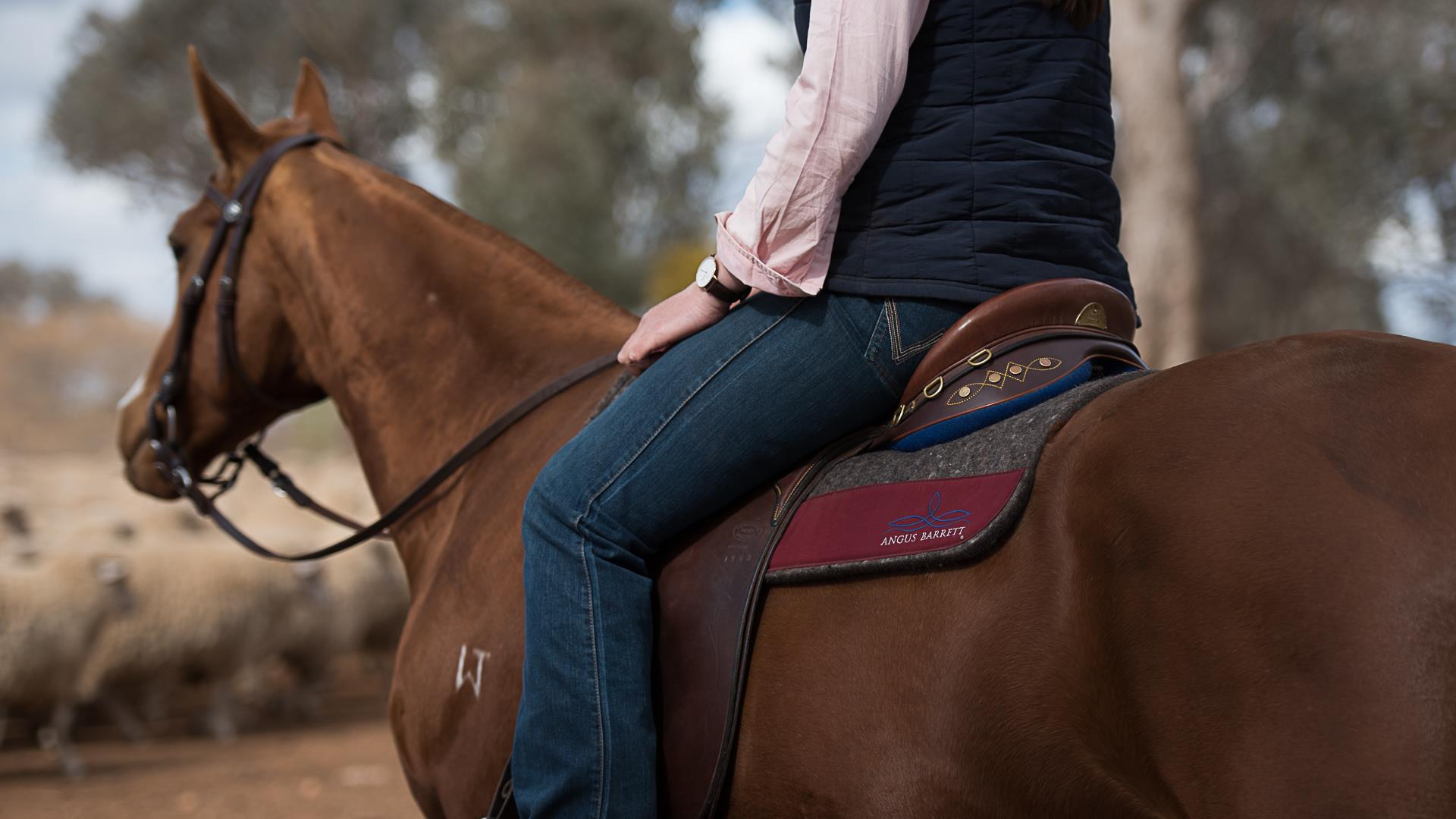When it comes to American folklore and history, few animals hold as much significance as the Mustang horse. Renowned for their spirit and resilience, Mustangs represent not only the untamed beauty of the wild but also the enduring spirit of the American West. So, what kind of horse is a Mustang? In this detailed guide, we will explore everything there is to know about these magnificent creatures, from their origins to their characteristics, and their role in todays world.

Historical Background
Origins of the Mustang
The Mustang is a descendant of horses brought to the Americas by Spanish explorers in the 16th century. Over time, some of these horses escaped and formed wild herds, adapting to the rugged landscapes of the American West.
Spanish Influence
The term Mustang is derived from the Spanish word mestengo or mesteo, meaning wild or stray. These horses became integral to Native American cultures and were later used by cowboys and pioneers.

Physical Characteristics
Appearance and Size
Mustangs are generally compact, standing between 14 to 15 hands high. They come in various colors, including bay, black, and chestnut.
Strength and Stamina
Known for their hardiness, Mustangs have excellent endurance, making them suitable for long rides and harsh conditions.

Behavior and Temperament
Intelligence
Mustangs are highly intelligent horses. Their survival in the wild has made them exceptionally savvy and quick learners.
Social Structure
In the wild, Mustangs live in herds led by a dominant stallion. This social structure plays a crucial role in their behavioral development.

Mustang Management and Conservation
BLM Management
The Bureau of Land Management (BLM) oversees the management and conservation of wild Mustangs in the United States. Their efforts are crucial to maintaining a balance between Mustang populations and available resources.
Adoption Programs
The BLM offers adoption programs for those interested in giving these incredible horses a home. These programs aim to manage herd populations while providing Mustangs with caring environments.
Training and Riding a Mustang
Training Challenges
Mustangs can be challenging to train due to their wild nature. However, with patience and the right techniques, they can become excellent riding horses. Learn more
Riding Benefits
Because of their strength and agility, Mustangs are great for trail riding, endurance events, and even work on the ranch.
Mustangs in Popular Culture
Symbol of Freedom
Mustangs have been immortalized in literature, film, and art as symbols of freedom and the untamed spirit of the American West.
Challenges Facing Mustangs Today
Habitat Loss
Urbanization and land development pose significant threats to Mustang habitats, leading to a decline in their natural roaming areas.
Round-ups and Relocation
To manage overpopulation, the BLM often conducts round-ups. While these are necessary, they can be stressful for the horses involved.
The Future of Mustangs
Conservation Efforts
Conservationists and equestrian enthusiasts are working tirelessly to ensure that Mustangs continue to roam freely for generations to come. Read more on conservation efforts
Sustainability
Sustainable practices, public awareness, and supportive legislation are key to preserving the Mustang population.
FAQs
Are Mustangs good for beginners?
Mustangs can be good for intermediate to advanced riders, especially those experienced in training horses.
How long do Mustangs live?
Mustangs can live up to 25-30 years when cared for properly.
How can I adopt a Mustang?
You can adopt a Mustang through the BLM’s adoption program, which provides information and support for potential adopters.
As an Amazon Associate, I earn from qualifying purchases.